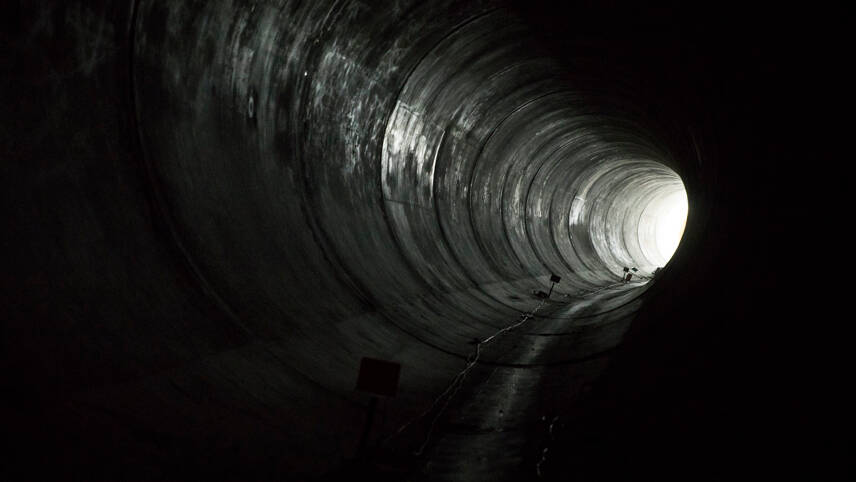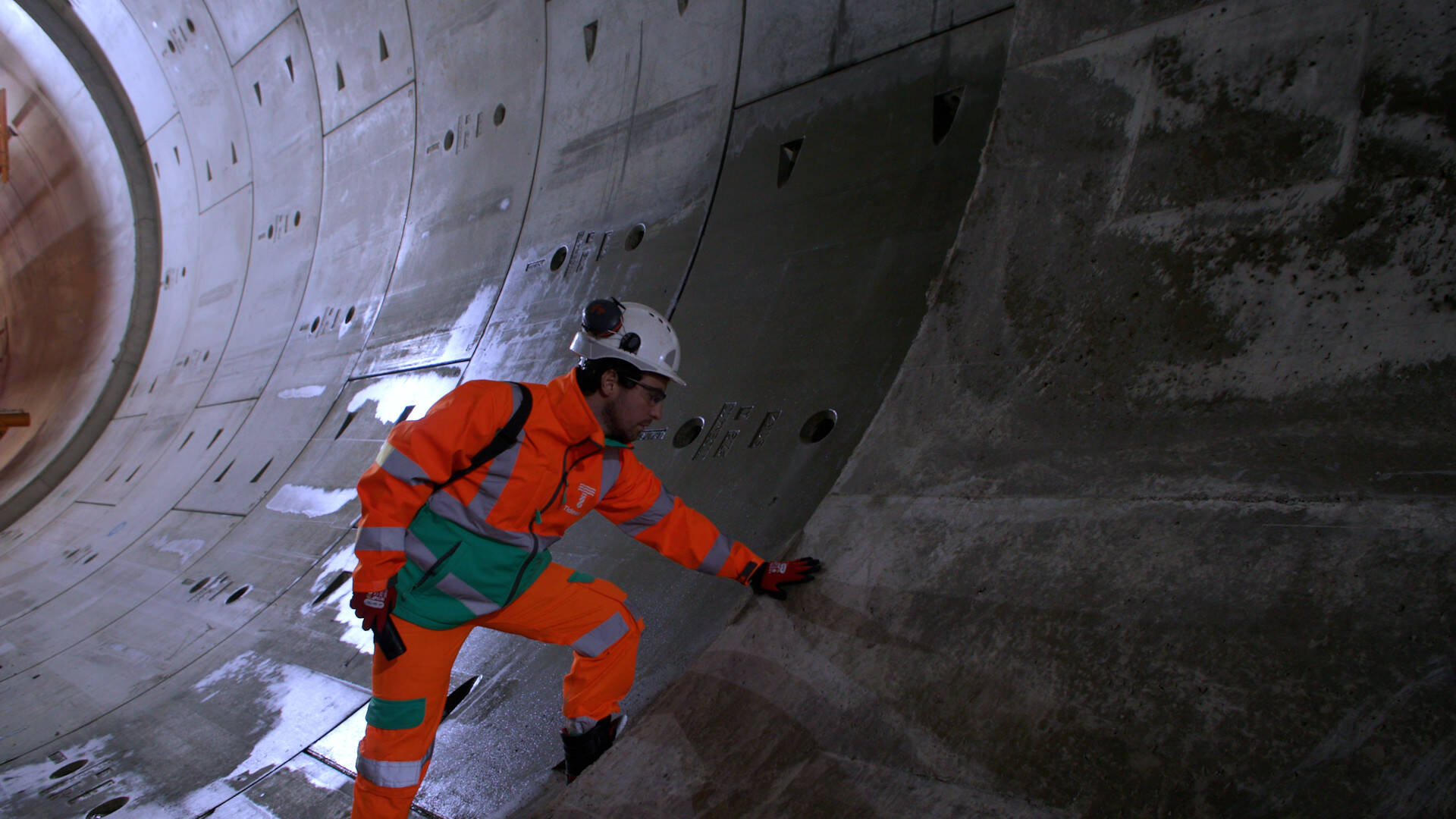You’ve reached your limit!
To continue enjoying Utility Week Innovate, brought to you in association with Utility Week Live or gain unlimited Utility Week site access choose the option that applies to you below:
Register to access Utility Week Innovate
- Get the latest insight on frontline business challenges
- Receive specialist sector newsletters to keep you informed
- Access our Utility Week Innovate content for free
- Join us in bringing collaborative innovation to life at Utility Week Live

Utility Week Innovate pores over the large-scale recycled concrete innovation at the Thames Tideway Tunnel.
According to the Paris agreement, carbon emissions from cement – which accounts for approximately 8% of global CO2 emissions, is the second most used material on earth and the most widely used man-made material – need to fall by at least 16% by 2030 for the world to reach its target of keeping global warming within the limit of 1.5oC.

In 2021, 40 members of the Global Cement and Concrete Association (GCCA) affirmed their commitment to net zero concrete by 2050 and agreed to an ambitious intermediate goal of preventing five billion tonnes of CO2 emissions by 2030 – bringing together companies from the Americas, Africa, Asia – including India and China – and Europe in the process.
The UK cement industry has cut its emissions by 53% since 1990, with utilities attempting to build on this at large scale infrastructure projects such as the Thames Tideway Tunnel – the £4.2 billion project to create a 7.2m diameter tunnel winding for 25km at depths of up to 70m beneath the capital.

- Supporting customers through this winter and identifying emerging vulnerabilities are among the key themes at the Utility Week Forum, which will take place in London on 8-9 November. Find out more here.
Cutting volume of new concrete
Dan Webster, environmental manager on the western section of the Tideway project, tells Utility Week Innovate that the team at Tideway’s Carnwath Road site in Fulham has integrated the production of high strength interlocking concrete legato blocks from surplus building material into business as usual.
“This surplus concrete comes from the concrete lines and transportation bullets used to transport the concrete to the shutters from the batching plant on the surface,” he explains. “The blocks have also been used to construct some of the aggregate storage bins at the site. The remaining blocks produced from the waste have been used on other projects in the UK including Silvertown [road tunnel project] and HS2 [High Speed 2].”

Webster adds that once the secondary lining of Tideway’s tunnels is finished, and the batching plant is removed from site, the project will be left with approximately 350 blocks of the recycled concrete.
“The team has managed to get the permanent works redesigned so that the blocks can be placed within the benching of the shaft at Carnwath Road, reducing the volume of new concrete required for the works by some 350m3,” he says. “This also helps to reduce the thermal effects of the large concrete pour allowing the pour to be completed in larger depths without the risk of thermal cracking.”
The team at Acton Storm Tanks on the western section of the Tideway project has also managed to integrate 180 blocks into their shaft design, according to Webster. “These blocks will be produced from the waste concrete at the Carnwath Road site and transported to the Acton Storm Tanks site. This prevented the further production of a further 180m3 of concrete.”
The project has also managed to reduce cement volumes by minimising, or where possible fully substituting, traditional Portland cement for ground granulated blast-furnace slag and pulverised fuel ash – both by-products from steel manufacturing and the coal industry.
Utility Week Innovate, in collaboration with Utility Week Live aims to discover and promote innovative approaches to tackle front line business challenges through case studies, technical/project studies, networking, and live content. Be recognised as a key solution provider and meet your target audience face-to-face at UWL23. Find out more about exhibiting
Please login or Register to leave a comment.